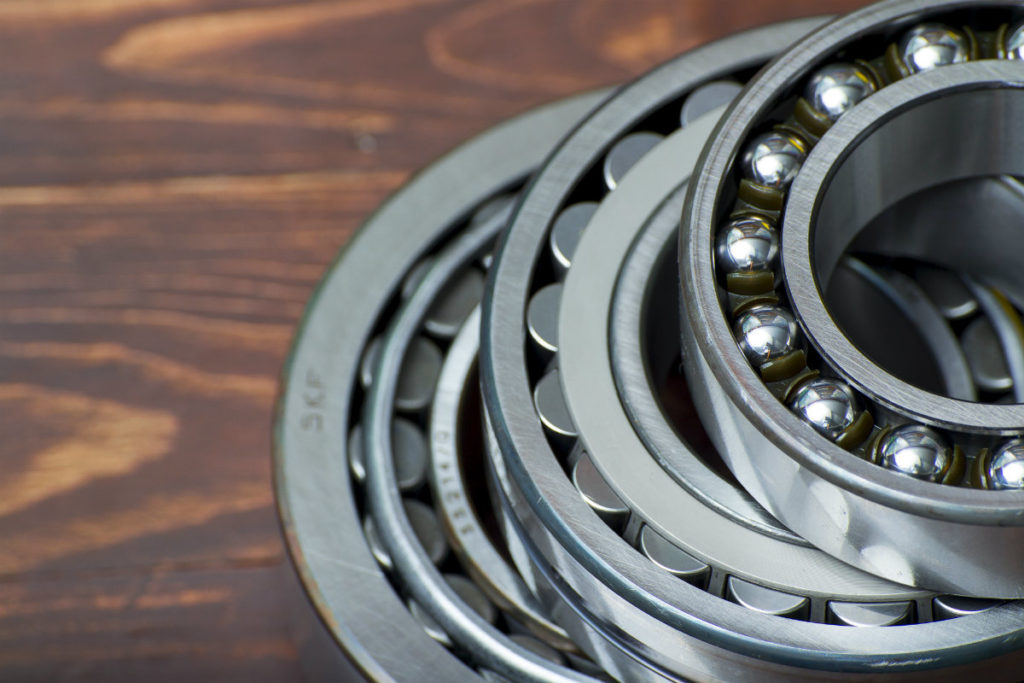Bearings are essential to all rotating machinery. They are small but mighty–if bearings aren’t healthy, a machine will not function at optimum levels. In this post we provide you with some information and best practices for bearing installation and maintenance.
Let’s start with the very basics–what are bearings?
A bearing is a machine component that:
- Constrains relative motion to only the desired motion.
- Reduces friction between moving parts.
Bearings are essential components of rotating machinery and allow machine shafts to rotate freely. The most common type of bearing is the ball or roller bearings.
Since bearings are so integral to rotating machinery, installing and maintaining them properly is critical.
Remember to store replacement bearings in a clean, dry location, preferably in their original packaging, until you need to use them.
The three most important aspects of bearing replacement are:
- Proper specification
- Cleanliness
- Proper sizing of fits
It is also important to know a bearing’s load rating, which is how long a bearing should last based on the load and speed it is experiencing.
Issues such as unbalance, misalignment, using the wrong lubricant, etc. can compound the load on a bearing and greatly reduce its lifespan.
Cleanliness is also essential when it comes to bearings. Keeping bearings free from contaminants will help ensure a bearing is maintained in good condition. This includes cleanliness of:
- You hands
- Your tools
- The bearing itself
- The shaft
- The housing
- The work area
To remove an old or damaged bearing, it is important to remember the following:
- Use a bearing puller or press with the properly-sized mandrel.
- Prioritize safety–bearings that break can cause serious injuries.
- Support shafts and other machine components so they do not drop onto the floor.
- If bearings must be cut off, take care not to damage the shaft.
When replacing a bearing, it is essential to use a new bearing of the same design. This will not only ensure the best fit, it will ensure the bearing’s overall structure is compatible with the machine and its components.
Having a bearing fit chart handy for reference is also a good idea.
In some cases, a bearing will need to be heated to allow for thermal growth. To mount a bearing on the shaft to prepare for thermal growth:
- It is best to use a bearing heater.
- It is better to use a mandrel kit and press than a hammer which could damage the bearing or shaft.
- Ensure the mounting surfaces are clean and smooth.
Bearings are central to overall machine health which is why it is so important to put effort into maintaining them and installing them correctly. To read more about bearings and how to keep them functioning at optimum levels, click here.
Photo courtesy: iStockphoto.com/seksan mongkhonkhamsao



